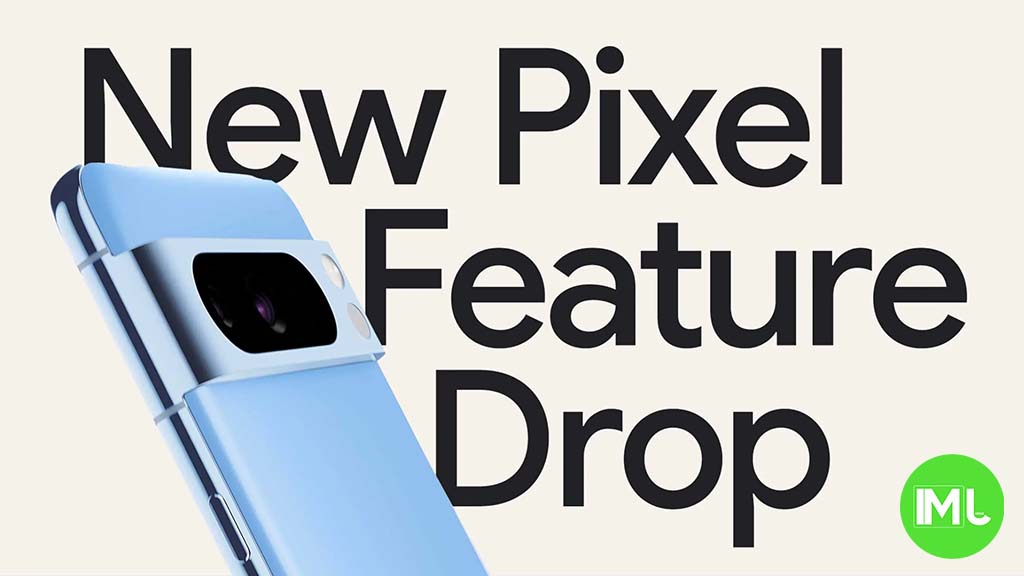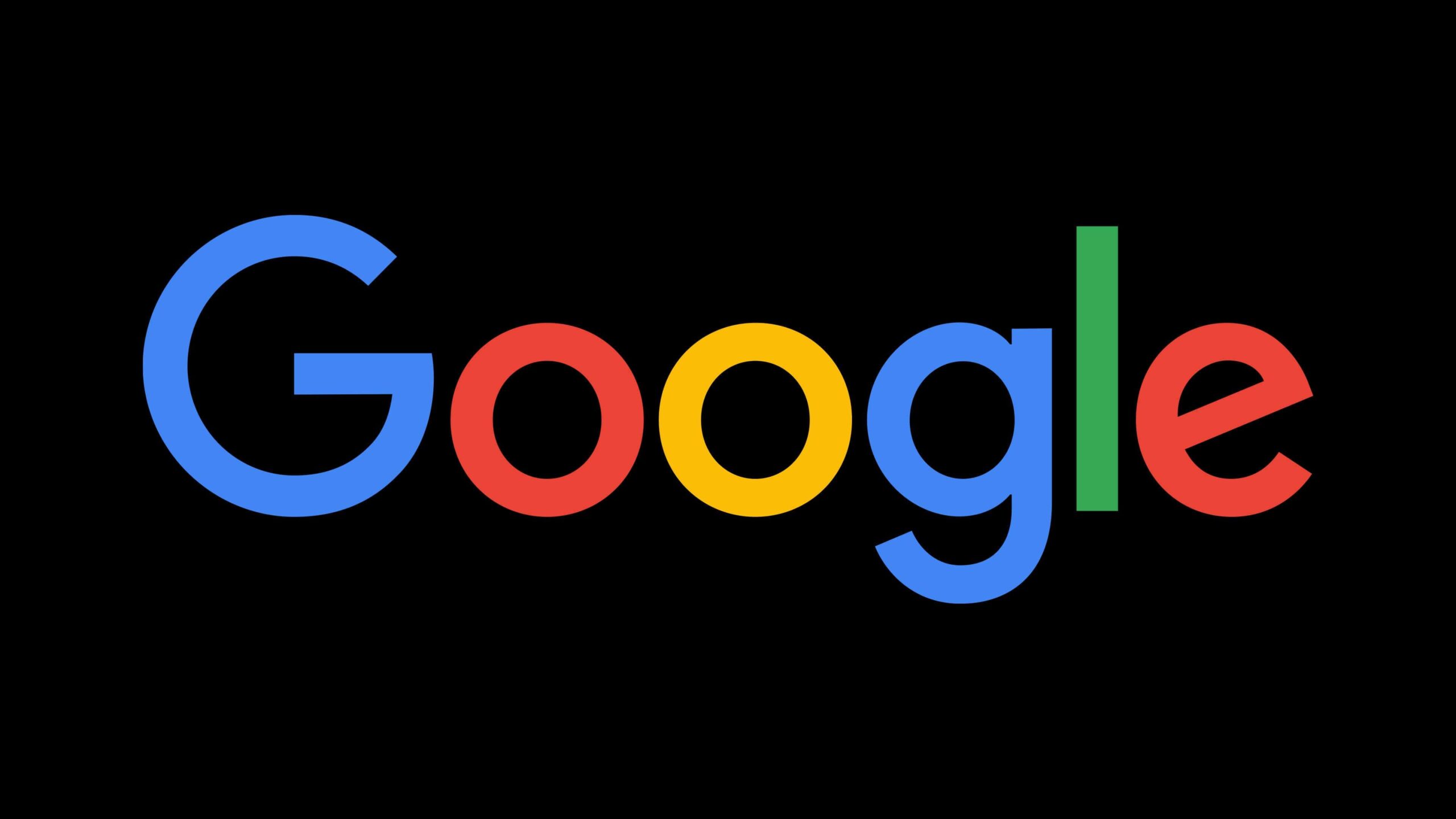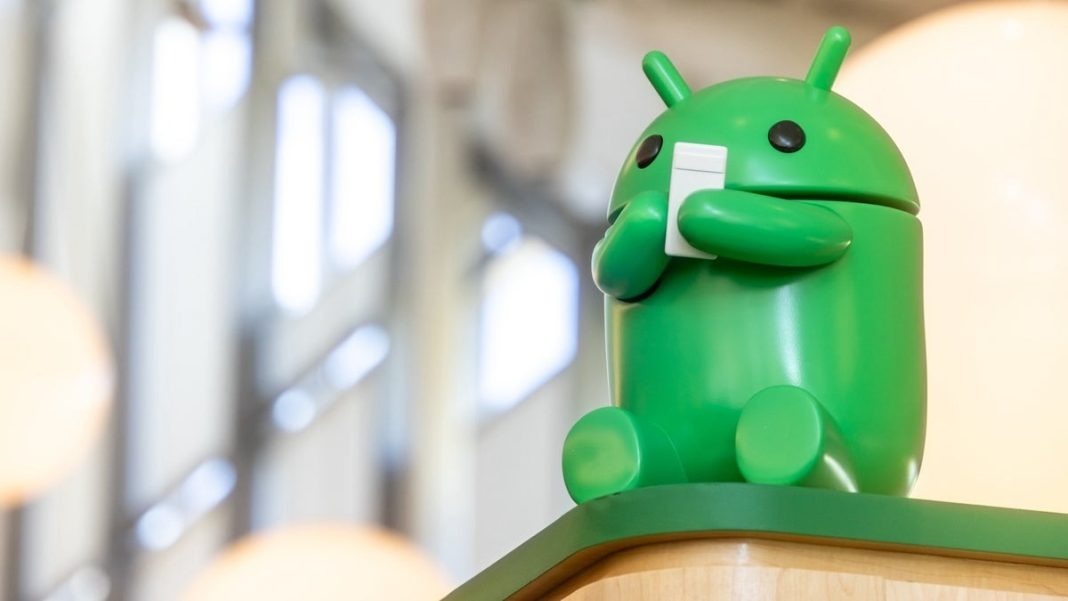Pixel
Google March 2024 Feature Drop is here for Pixel phones – Circle to Search, Instagram HDR and Call Screen

Google announced the March 2024 Feature Drop for Pixel phones, smartwatches, and portfolio products. Pixel’s Call Screen feature is getting even better, Instagram will support HDR photos and videos through Pixel Camera, and Circle to Search is expanding to Pixel 7 series.
Apart from new features, the Google March 2024 Feature Drop for Pixel phones brings fixes to many bugs and enhancements to functions. The rollout has already begun and you can now download the latest software on your Pixel device.
[Google Pixel March 2024 update improves Camera, Display, UI and more]
Improved Call Screen
March update brings a “hello” chip to the Call Screen feature, which will display when a caller is unresponsive. To enable it, just tap the button while screening a call.
Once done, Google Assistant will prompt the caller to speak, so you can understand why they’re trying to reach you. If you can’t answer, the Assistant will let the caller know to wait a bit longer as they try to reach you.
HDR: Pixel Camera x Instagram
Google announced that compatible Pixel devices can now capture and share vivid 10-bit HDR videos directly on Instagram Reels, and upload and share beautiful Ultra HDR photos on Instagram feed.
Circle to Search expanding…
Debuted with the Galaxy S24 series, the Circle to Search was recently rolled out to the Pixel 8 series. Today, Google confirmed that the innovative Circle to Search feature is coming soon to Pixel 7 and Pixel 7 Pro smartphones.
Circle to Search: Simply long-press the Pixel home button or navigation bar and circle, scribble, highlight, or tap an image, text, or video, and get the information you need right where you are.
#TeamPixel—another #FeatureDrop¹ is heading your way!
📍Transit directions on your wrist²
📱App screen sharing³
⌚️Expanded health & fitness features for 1st-gen #PixelWatch⁴ ⁵
🌀Circle to Search coming to #Pixel7 & Pixel 7 Pro⁶
🎉And moreLearn more: https://t.co/Rmm1DNyY7p pic.twitter.com/9zbxX2IOhb
— Made by Google (@madebygoogle) March 4, 2024
Stay up-to-date on Google Pixel, Android & Tech Stuffs by following I M Judge on X/Twitter where you can also discover the latest news, polls, reviews, and new features for Google Apps, Pixel Phones, and the Android operating system.
Do you like this post? Kindly, let us know on X/Twitter: we love hearing your feedback! If you prefer using other social platforms besides X, do follow/join us on Facebook and Telegram.
Pixel Buds Pro 2 and Enhanced AI Features: Noise cancellation, transparency mode, and ‘At a Glance’ sports updates

Google’s Pixel Buds Pro 2 have taken a significant leap forward in audio technology, featuring the new custom Tensor A1 chip and advanced features like transparency mode enhancements. Additionally, Google’s ‘At a Glance’ widget on Pixel devices could soon include sports updates, offering even more contextual information. Let’s dive into the innovations and what they mean for users.
Why Pixel Buds Pro 2 Use Tensor A1: Beyond Off-the-Shelf Chips
When developing the Pixel Buds Pro 2, Google set ambitious goals: improving noise cancellation and audio quality while maintaining a compact design. The solution was the Tensor A1 chip, custom-designed to meet these needs. Off-the-shelf audio chips simply didn’t provide the performance or power efficiency required.
- Enhanced Noise Cancellation: The Tensor A1 dramatically increases the speed of audio processing, from the original Pixel Buds Pro’s 5–6 times the speed of sound to an impressive 90 times. This allows the earbuds to isolate external sounds, cancel noise, and generate “anti-noise” for any sound leakage before it reaches your ears.
- Independent Audio Pathways: By separating audio processing from active noise cancellation (ANC), the earbuds ensure better sound clarity and consistent ANC performance.
Google’s Silicon team developed the Tensor A1 based on performance benchmarks, computational needs, and energy efficiency targets provided by the Pixel Buds team. The chip design, finalized in 2023, paved the way for the Buds Pro 2’s September 2024 launch.
Design and Comfort: A Focus on Ergonomics
Google also reimagined the physical design of the Pixel Buds Pro 2 for improved comfort and fit. The company analyzed where earbuds naturally sit in the ear and where they could cause pressure. This research led to the inclusion of a stabilizer fin that locks the earbuds securely in place.
To ensure comfort and usability, Google expanded its testing pool to include a broader range of participants. By standardizing surveys and removing bias, they gathered data to refine the design and fit further.
Transparency Mode: Clearer Surroundings, Future Enhancements
Transparency mode, a feature that lets users hear external sounds while listening to audio, received significant improvements. Testing revealed that users prioritized the absence of unnatural sound artifacts, such as distorted ambient sounds. Google refined the mode to provide more natural audio replication.
- Future Focus Areas: Upcoming developments may include enhancements for self-voice clarity, which will improve how users hear their own voices during conversations while using transparency mode.
Pixel ‘At a Glance’ Widget: Sports Scores on the Horizon
Google’s ‘At a Glance’ widget may soon become more feature-rich, with plans to include live sports updates. This feature will pull scores and updates directly from the Google app, making them visible on your lock screen or home screen.
- Gemini Branding: Code references suggest the widget might adopt Google’s Gemini branding. While the specifics are unclear, this could imply AI-based summarization of sports scores, moving beyond simple notifications.
Currently, sports updates in ‘At a Glance’ remain unavailable, but the inclusion signals Google’s focus on integrating real-time, context-aware information into its ecosystem.
Availability and Pricing
The Pixel Buds Pro 2 are already available for purchase, with a Black Friday discount of $50 on the Google Store and select retailers. These advancements highlight Google’s commitment to pairing cutting-edge audio technology with user-centric design.
Final Thoughts: A Blend of Innovation and AI Integration
The Pixel Buds Pro 2 represent a step forward in personalized audio experiences, thanks to the Tensor A1 chip and refined noise-canceling capabilities. Meanwhile, features like sports scores in the ‘At a Glance’ widget point to Google’s broader vision of integrating AI-driven insights into everyday user interactions. Whether through better audio processing or smarter contextual updates, these innovations make Google’s ecosystem increasingly intuitive and seamless.
Android
Android 15 QPR1 Beta 3.1 fixes key bugs for Pixel devices

Google has rolled out Android 15 QPR1 Beta 3.1, a final bug-fixing update before the official launch of QPR1 in December 2024. While many users have moved to Android 15 QPR2 Beta 1, this update ensures stability for those still using QPR1.
Key Highlights of QPR1 Beta 3.1
This “minor update” introduces critical fixes to enhance system performance and resolve persistent issues:
- Notification and Media Control Fixes
- A bug that caused the notification shade to close without launching the corresponding app when tapping media controls is resolved.
- The issue where long-pressing the device entry icon failed amidst overlapping notifications has also been fixed.
- Bluetooth and Audio Stability
- Volume control issues with certain Bluetooth devices are now resolved, enhancing audio device compatibility.
- Material You and Visual Improvements
- Wallpaper-based color selections under Material You now show better distinction, avoiding overly similar tones.
- Scrollbar inconsistencies in system settings are corrected for a more polished UI.
- NFC and Localization Enhancements
- NFC payment reliability has been improved.
- Translation issues in Indonesian and Hebrew for apps targeting Android 14 or lower have been fixed.
- General Stability and Accessibility
- Improvements cover system stability, camera functionality, and accessibility features.
Supported Devices and Installation Options
The update is compatible with Pixel devices from the Pixel 6 series to the latest Pixel 9 Pro Fold. It includes the November 2024 security patch. Most users can install the update via the Android Beta Program, with options to flash or sideload factory images for advanced setups.
This update paves the way for Android 15 QPR1’s stable release, ensuring a smoother experience for Pixel users. For those on the Beta Program, the new version will automatically download.
For more detailed installation guides and the full changelog, visit or the official factory image repository.
This update emphasizes Google’s commitment to refining Android 15 and service experience ahead of the December release.
Android
Google cancels Pixel Tablet 2 amid profit concerns and Android 16 aims to supercharge Gemini’s app control

Google Drops Pixel Tablet 2 Plans Over Profitability Issues
Google has reportedly decided to cancel the Pixel Tablet 2, originally slated for release in 2025, due to concerns about its financial viability. The original Pixel Tablet, launched in 2023, was expected to have a successor, with rumors even hinting at plans for a third-generation device (codenamed “Kiyomi”) targeted for 2027.
What Could Have Been: Pixel Tablet 2 Features
The Pixel Tablet 2 was in its early development phase. It was rumored to feature thinner bezels and a first-party keyboard cover with a built-in touchpad, offering enhanced functionality. A 5G variant was also reportedly in the works. However, internal evaluations suggested the product might struggle to achieve profitability, leading Google to halt the project.
Despite the setback, there is no indication that Google has entirely abandoned large-screen devices. Reports suggest that work on a Tensor G6-powered Pixel Tablet for 2027 might still be in progress. Owners of the current Pixel Tablet can rest assured that their devices will continue receiving software updates.
Android’s Commitment to Large Screens
Google remains invested in optimizing Android for large-screen devices, including tablets and foldables. Features like desktop-style windowing, expected to roll out in Android 15 QPR1 this December, signal ongoing development for better multitasking and productivity on bigger displays.
Additionally, Google’s rumored efforts to unify ChromeOS and Android could enhance large-screen support by enabling seamless desktop-level interactions on Android devices.
Android 16 and Gemini: The Future of App Control
Google is betting heavily on its AI-driven Gemini chatbot, aiming to integrate it deeply across its ecosystem. Currently, Gemini serves as the default assistant for many devices, but its ability to control Android apps has been limited. This could change significantly with the release of Android 16, which introduces a new framework designed to let services like Gemini perform tasks directly within apps.
Gemini Extensions and Their Limitations
At present, Gemini Extensions allow the AI to interact with external services like Google Maps, YouTube, and Google Workspace. These extensions pull data from backend APIs but don’t enable direct control over Android apps. For instance, Gemini can fetch flight details using Google Flights but cannot navigate or book flights directly within the app interface.
While extensions like “Utilities” offer basic control through predefined actions, they lack scalability. Many apps don’t provide public APIs, and relying on screen reading or accessibility inputs would result in inconsistent performance.
Android 16’s Game-Changing API: “App Functions”
Android 16 addresses these challenges with a new feature called “app functions.” According to Google’s developer documentation, app functions are specific pieces of functionality that apps expose to the system. For example, a food delivery app might create an app function labeled “orderFood,” which Gemini could use to initiate an order.
This functionality works by defining app-specific services accessible only to system-level processes. Permissions like EXECUTE_APP_FUNCTIONS and EXECUTE_APP_FUNCTIONS_TRUSTED regulate access, ensuring security and reliability. While these permissions are currently limited to system apps like the Google App and Android System Intelligence, they allow AI systems like Gemini to perform actions inside third-party apps.
A Leap Beyond Google Assistant
The app functions framework could enable Gemini to achieve what Google Assistant never fully managed: seamless multitasking across apps. Imagine using natural language to control apps, schedule tasks, or complete complex workflows. For example, users might book a hotel, order food, or respond to messages—all through voice commands or conversational inputs.
This vision aligns with Google’s 2019 promise of a “new Google Assistant” capable of orchestrating tasks across multiple apps. Android 16’s innovations could finally make this vision a reality, transforming Gemini into a versatile AI agent for Android devices.
Challenges and Adoption
The success of this system will depend heavily on developer adoption. App developers will need to implement app functions to unlock Gemini’s full potential. If widely embraced, this feature could redefine how users interact with Android apps, making AI-driven multitasking and app control a central part of the Android experience.
Conclusion
While the cancellation of the Pixel Tablet 2 marks a step back for Google’s hardware ambitions, the advancements in Android 16 signal exciting possibilities for the future. By empowering Gemini with robust app control capabilities, Google is paving the way for smarter, more intuitive interactions with Android devices. The coming years could see AI becoming an indispensable part of how we use smartphones and tablets.
-

 Apps9 months ago
Apps9 months agoGboard Proofread feature will support selected text
-

 News9 months ago
News9 months agoSamsung USA crafting One UI 6.1.1
-

 News8 months ago
News8 months agoBreaking: Samsung Galaxy S22 may get Galaxy AI features
-

 News8 months ago
News8 months agoSamsung Galaxy S23 Ultra with One UI 6.1 and all S24 AI features revealed
-

 News9 months ago
News9 months agoOne UI 6.1 Auracast (Bluetooth LE Audio) feature coming to many Samsung phones
-

 News9 months ago
News9 months agoSatellite SOS feature coming to Google Pixel phones, evidence leaked
-

 Apps6 months ago
Apps6 months agoGoogle’s fancy new Weather app is finally available for more Android phones
-

 News9 months ago
News9 months agoGoogle Pixel evolves as Europe’s third best selling flagship




